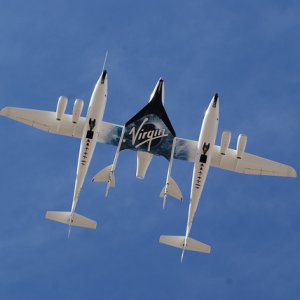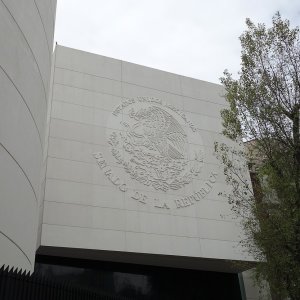COMEA Is the Education Counterpart the Aerospace Sector Needs

STORY INLINE POST
In previous articles, I’ve talked about the drafting of the Aeronautical and Space Strategic Agenda of the Higher Education Institutions 2030. Besides being a top-level strategic, structural plan, the core objective of the “Strategic Agenda” is to propose high-impact projects for the different levels of higher education that, to become reality, would allow that their aeronautical and space educational offer promote in a relevant and opportune way the supply of the competent professionals necessary to keep up with the growth of the sector in the future.
The efforts in the creation of this document, which is still under development, have required not only a great deployment of resources, but also, the unity of wills among 30 public and private universities and technological institutes in the country on a voluntary basis. The great wish is to deliver to the participants in this sector a highly useful document – and not exclusively for the Federal Deputy Minister of Higher Education who directly promotes it. The different state ministries of education, the higher education institutions and the aeronautical and space sector will be the beneficiaries in multiple ways because it would make available a clear radiography of the composition of the aeronautical and space offer (careers) at a higher level in Mexico. Important transversal projects will be presented and deployed with the objective of growing the education sector in terms of capabilities, according to the present and future needs of the country.
This effort to unite wills, which created a network of academic links among these 30 institutions, could be at risk in the short term. Once this important document, the Strategic Agenda, is finished, these 30 institutions could disassociate and the system itself could revert to its status quo, missing the opportunity to address other challenges that Mexico needs to solve using this same process: joining willpower, resources and the knowledge from these educational protagonists.
It is precisely at this point that organizations such as the Mexican Council of Aerospace Education (COMEA) are called to play the role for which they were created, not only as protagonists in the educational sector of specialized knowledge, but also as the counterpart and ideal complement for the industrial sector, represented by organizations such as the Mexican Federation of the Aerospace Industry (FEMIA) and regional aeroclusters, such as those in Queretaro and Chihuahua, to name a few.
COMEA – Origins and Goals
Created in 2007 as an academic network, it became a civil association (A.C.) in 2014, with 10 high school and higher-level education institutions as its members. COMEA sought to be a catalyst for the orderly development of competencies and technological capabilities of human capital required by the aerospace industry in Mexico.
This objective is, doubtlessly, the missing piece to ensure that initiatives such as the Strategic Agenda continue to emerge and that this linkage between educational institutions focused on aeronautical and space training endures. The Strategic Agenda itself, even before it is finalized, already faces the challenge of being permanently updated (at least every two years), which requires maintaining the collaborative bonds among its creators.
Aerospace Sector Counterpart
COMEA can be the counterpart of the Mexican aerospace sector that the entire country requires. If we go further, it can become one of the helixes of the triple-helix model, where governments, industry and academia join forces to create projects that benefit each other and, therefore, benefit society as a whole.
For this wish – and COMEA’s mission – to materialize, it is necessary to strengthen this organization. What does that entail? Every journey starts with a first step, and this first step is to ensure that every institution that is involved in drafting the Strategic Agenda, these 30 education leaders, will be part of COMEA. Not just that, this community should grow, including high school institutions and those dedicated to civil aviation security and operations training, such as the Training Center of Airports and Auxiliary Services (CIIASA).
In March 2021, I was honored to be elected the president of the Mexican Council of Aerospace Education for the 2021-2024 term. The first task in this appointment, wherein the 10 member institutions of COMEA recognized the Aeronautical University in Queretaro (UNAQ) and the writer of these lines, is to provide that first step, to ensure COMEA gathers the wills from among most iconic institutions and training leaders in Mexico, creating an association necessary to complement the efforts of the industrial and governmental sectors in the display of national strategic projects.
When analyzing COMEA’s mission, I realize that the group of institutions that collaborates in the drafting of the Strategic Agenda is, unintentionally, boosting this mission, which has already opened a great opportunity: the opportunity to give the Mexican aerospace sector a strengthened organization, with participating members that are key players in aeronautical and space education in Mexico.
COMEA’s mission is to “promote and support the common work among academic institutions, industries and government sectors, to establish collaborative work among them, through different academic, scientific and technological programs with the objective to sustain the development of the Mexican aerospace industry.” There are many of us on board in this enterprise to ensure greater relevance for the role of educational institutions in the development of this sector and our country.























